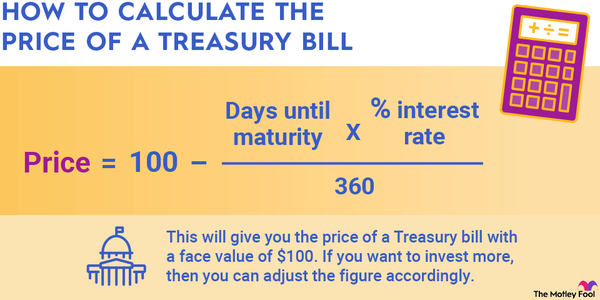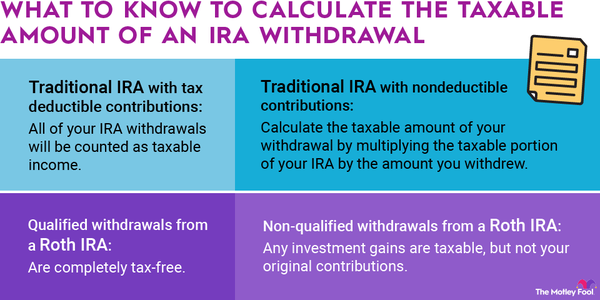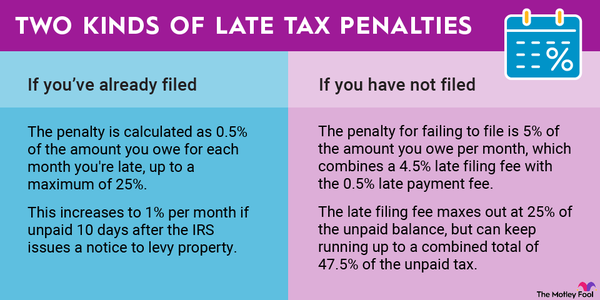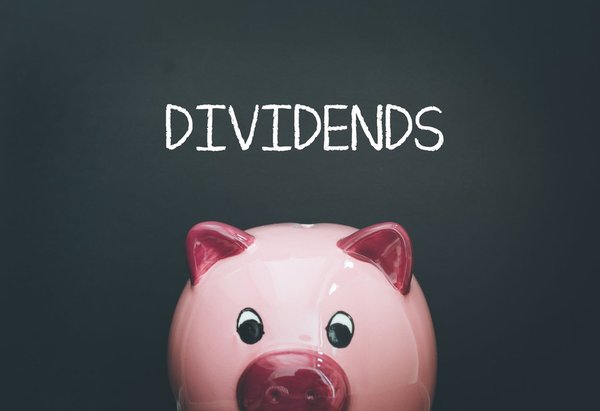If the old investing adage "stocks follow earnings over time" is correct, then a company's net income rates must-know status.
Fortunately, net income isn't a complex calculation, and net income data is commonly reported by financial websites and within corporate financial documents.
Since understanding how net income is calculated and what net income tells you as an investor can be valuable, let's consider it more closely.

What is net income?
What is net income?
Net income is a company's total bottom line profit and as such, net income offers insight into the attractiveness of a business.
Net income is computed using the following calculation:
Total Revenue - (costs of goods sold + operating expenses + other gains or losses + other expenses + depreciation + interest expense + taxes)
Net income is found at the bottom of a company's income statement and income statements are available via a company's quarterly financial reports, which can be found on a company's investor relations website or by accessing a company's quarterly 10-Q report or annual 10-K report that are filed with the Securities and Exchange Commission.
What net income tells investors
What net income is telling investors
Net income tells investors whether a company makes money and as such, it offers insight into whether a company's business may succeed or fail.
Net income also provides investors with a benchmark that can be used to compare a company's performance to its past or future performance, or to compare one company's performance to the performance of a competitor.
Let's consider an example.
Company A is a beverage company. In their income statement, Company A reports $46 billion in sales, and the cost of producing that revenue totaled $17.9 billion, resulting in a gross profit of $28.1 billion.
That's interesting, but net income can be more useful because subtracting expenses associated with day-to-day operations, such as selling, general, and administrative costs (SG&A), interest paid on debt, and income taxes paid, shows how much money is leftover for investors after all of the various puts and takes are considered.
In the case of Company A, adjusting gross profit by other income and various expenses, such as the $18.4 billion that the company spent on SG&A, and the $2.2 billion it spent on taxes, leaves us with a net income of $7.1 billion.
Without digging deeper, an investor is left knowing only that Company A is profitable in its most recent year. However, if an investor considers Company A's net income relative to its net income in prior years, a clearer understanding of profitability is achieved. In this case, an investor discovers that Company A's net income is lower than it was in each of the preceding two years.
Because Company A's net income has slipped, an investor now knows that more research is necessary to explain the profit slump.
Similarly, comparing Company A's net income to its competitors can also offer additional insight into how attractive the company may be as an investment.
Company B — a main rival of Company A — reports that its revenue is $66.7 billion, its gross profit is $35.8 billion, and its net income is $6.5 billion during the same period as Company A.
Company A's net income is higher than Company B's, but what what may make Company A more interesting to an investor than Company B is that more of Company A's revenue is falling to the bottom line than Company B's. Dividing each company's net income by their revenue shows that Company A's net income is 15.4% of sales, while Company B's is 9.7% of sales.
Related financial articles
Tying it together
Tying it together
Net income is an important financial metric, but net income can be manipulated by one-time charges and investment gains. For that reason, net income is only one of many things that investors should consider when evaluating a company for an investment. Regardless, net income can offer valuable insight that can be used to see if a company's profitability is improving or deteriorating and to discover if a company is more or less profitable than its peers.









































































































